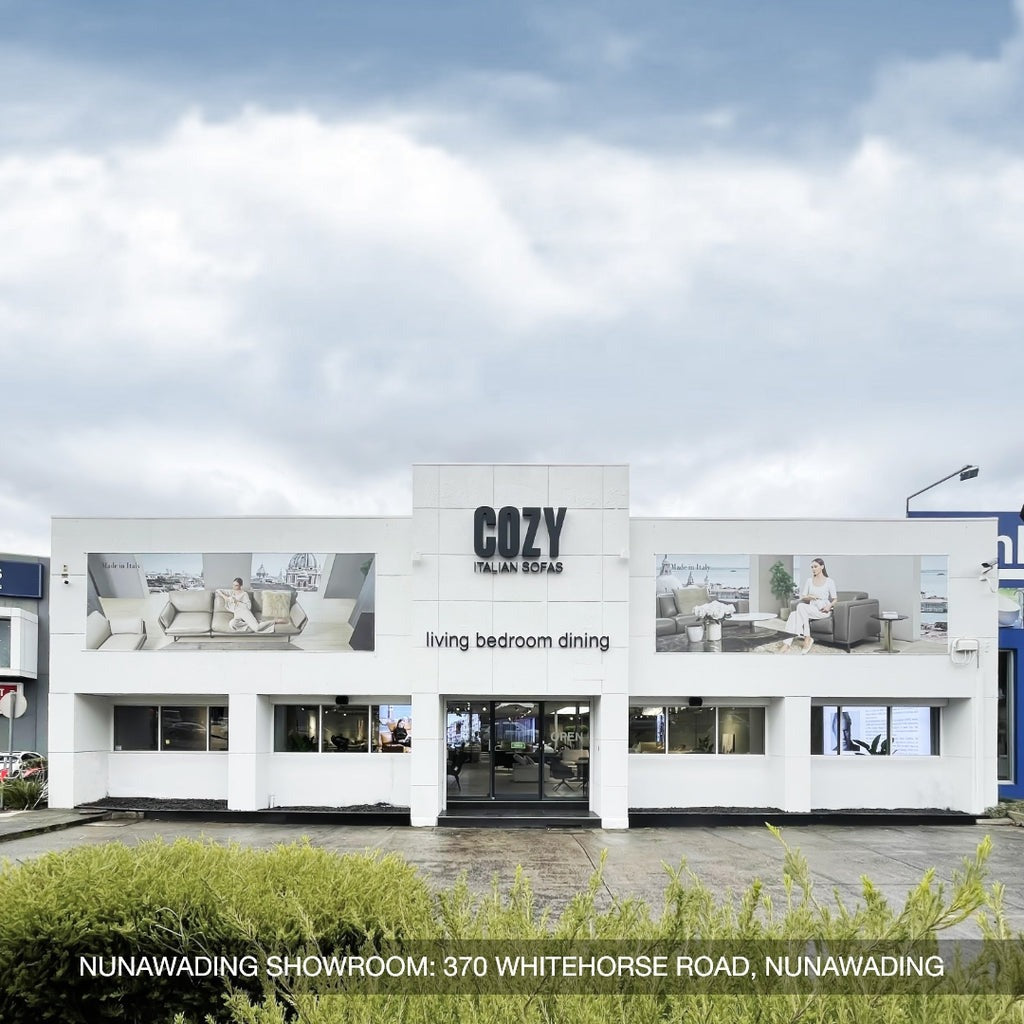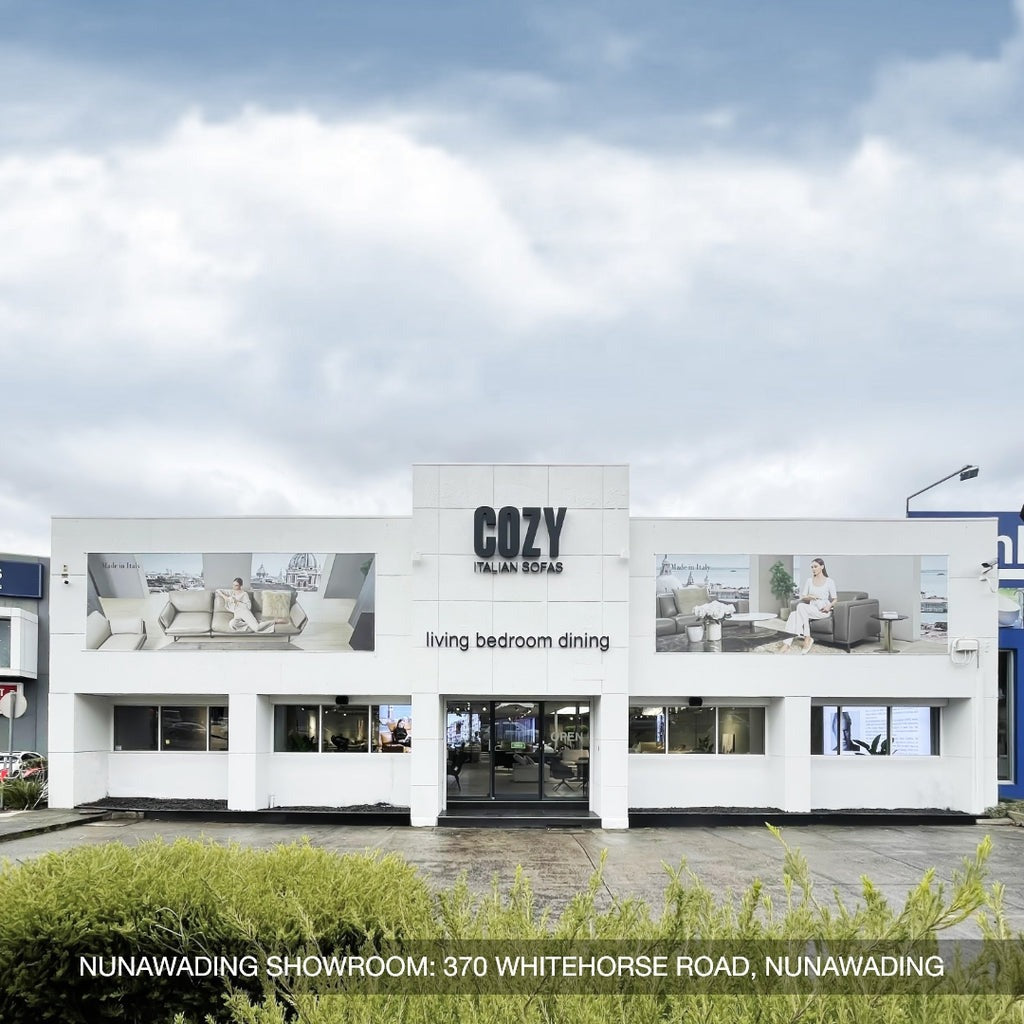When you think of living room essentials, the coffee table is likely one of the first pieces of furniture that comes to mind. But have you ever wondered why a coffee table is called a coffee table? It's a question that many have asked, but few know the fascinating story behind it. In this article, we'll explore the origins and coffee table history, delving into how this versatile piece of furniture became a staple in homes around the world. Along the way, we'll also discuss the different types of coffee tables that have evolved over time, revealing how this simple piece of furniture has undergone transformations that reflect changes in both design and culture.
How Your Coffee Table Got Its Name
The coffee table is a centerpiece that often draws attention. Interestingly, the name didn’t come about just because it’s a convenient place to set your coffee mug. The term “coffee table” emerged in the early 20th century, as these low tables became associated with the casual, social atmosphere of “having coffee” with friends and family. This idea mirrors the British tradition of “having tea,” where a similar piece of furniture, known as a tea table, was used for serving tea and snacks.
As coffee gradually gained popularity over tea, particularly in America, furniture makers began to market these low, versatile tables as “coffee tables.” The name stuck, and by the 1920s, the term was widely accepted. This shift reflected not just a change in beverage preference but also an evolution in social norms and furniture design, as coffee tables began to serve as the focal point for informal gatherings in homes across the world.

The Surprising Tea-Based Origins
The evolution of coffee tables is closely tied to the history of tea. Before coffee tables became popular, tea tables were a common feature in European homes as early as the 17th century. These tables were typically tall, round, and sometimes even foldable for easy storage. They were specifically designed for serving tea, reflecting the importance of tea in European social life.
As the 18th century progressed, these tea tables evolved into tea trolleys, which were mobile tables on wheels, allowing hosts to serve tea more efficiently. However, as coffee began to rival tea in popularity, particularly in Europe during the 19th century, social habits began to change. Coffeehouses, especially in Britain, became bustling centers of conversation, debate, and social interaction. These establishments initially featured tall tables designed specifically for coffee service, signifying a shift in social practices.
By the early 20th century, as coffee solidified its place as a beloved beverage, the tables used in homes adapted as well. The term “coffee table” emerged during this period, and why a coffee table is called a coffee table can be traced back to this cultural and social shift. The name not only reflects the table’s use but also its place in the broader living room furniture history.

The Evolution To Modern Coffee Tables
The journey of coffee tables from their early origins to their contemporary forms reveals not only changing tastes but also the broader shifts in lifestyle and design. These once-functional pieces of furniture transformed into the stylish and essential components of modern living spaces.
From Tall to Low
This transformation not only altered the table's physical form but redefined its role in our homes, reflecting influences from abroad and shifts in domestic life.
- In the 17th century, tables used in coffeehouses were much taller than what we consider "coffee tables" today, typically standing around 27 inches high.
- The shift to lower tables was likely influenced by the Ottoman Empire's furniture designs, where low seating and tables were common.
- However, the major influence came from Anglo-Japanese furniture styles in the late 19th century, which popularized the idea of lower tables that we now associate with coffee table size standards.
The 20th Century Transformation
As lifestyles changed, so did this humble piece of furniture, adapting to new technologies and social norms while becoming an indispensable part of modern living spaces.
- In the 1920s, the Imperial Furniture Company claimed to have "invented" the modern coffee table, emphasizing wider and more practical designs suited to the living spaces of the time.
- As television became popular in the 1950s, coffee tables became even lower, likely to accommodate the viewing experience, marking a significant shift in modern coffee table designs.
- The coffee table was now more than just a piece of furniture; it became a functional centerpiece of the living room.
Material Innovations
These innovations not only transformed coffee tables but also mirrored broader design movements of the time.
- Between the 1930s and 1950s, coffee tables began to feature glass tops and chrome-plated legs, reflecting a move towards more modern, minimalist designs.
- The 1960s saw a burst of creativity with the introduction of new materials like plastics and metals, along with organic shapes, significantly diversifying the types of coffee tables available on the market.

The Modern Coffee Table
Coffee tables have evolved to become a central element in the design of living rooms today. These versatile pieces of furniture serve as the focal point around which other seating arrangements are often organized, making them essential in creating a cohesive and functional living space.
The term “coffee table” might suggest that its primary function is related to coffee, but in reality, coffee tables serve a variety of purposes, including:
- Displaying books and magazines: Coffee tables often feature stacks of books or the latest magazines, making them both a functional and aesthetic element in the room.
- Holding snacks and drinks: Whether during a casual gathering or a movie night, coffee tables provide a convenient surface for placing snacks and beverages.
- Showcasing decorative items: From vases to art pieces, coffee tables are ideal for displaying decorative items that enhance the room's decor.
When exploring different types of coffee tables, you'll find an impressive range of styles and materials, reflecting the diversity in home design preferences:
- Glass and metal: Sleek and modern, these materials are popular in contemporary homes.
- Rustic wood: For those who prefer a more traditional or earthy feel, wooden coffee tables bring warmth and character.
- Multi-purpose designs: Some coffee tables even incorporate storage or convertible features, catering to the needs of small spaces.
Looking ahead, the concept of a coffee table may continue to evolve. Imagine coffee tables that integrate technology, such as interactive touch-screen surfaces, further expanding their role in our daily lives and home environments.
Conclusion
Why is a coffee table called a coffee table? The answer lies in its rich history, evolving from tea tables to the versatile centerpiece of our living rooms today.
COZY understands the importance of finding the perfect coffee table to match your lifestyle and home decor. That’s why we offer a wide variety of styles, materials, and sizes to suit every taste. Visit our store today and discover how a coffee table can transform your living room into a space that truly feels like home.





